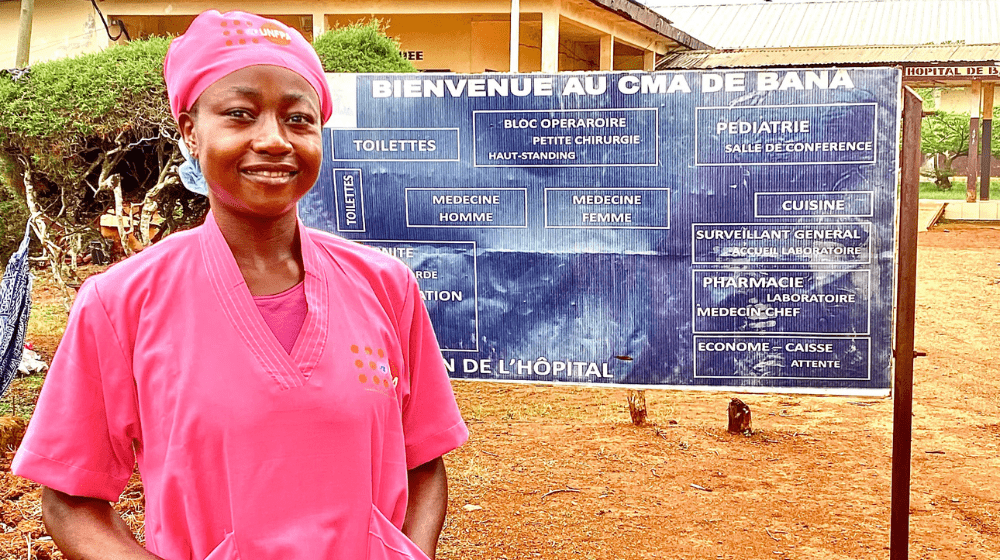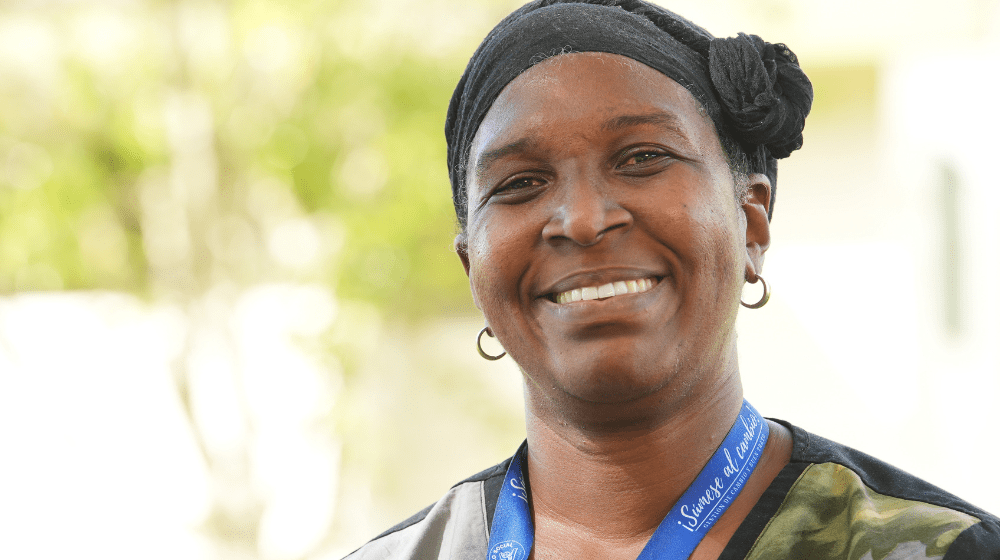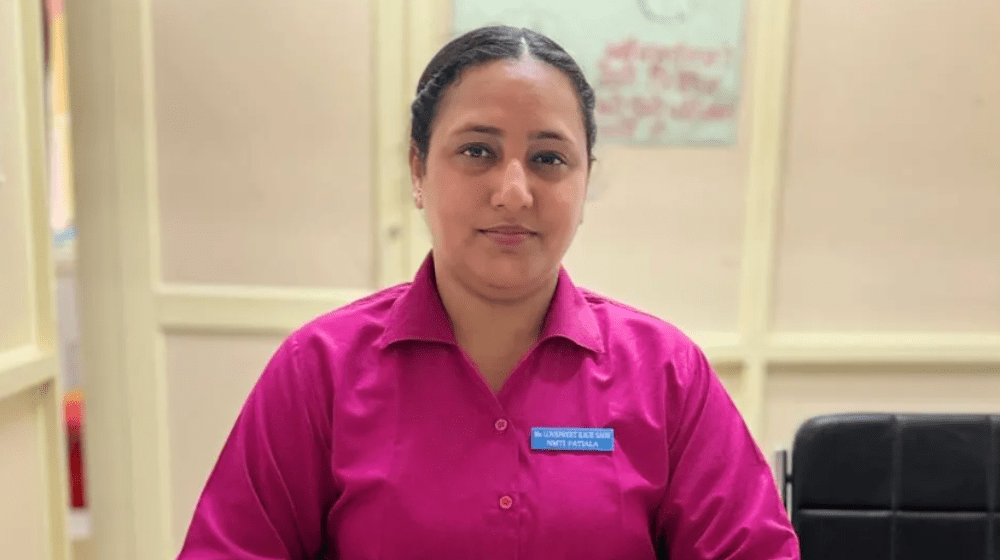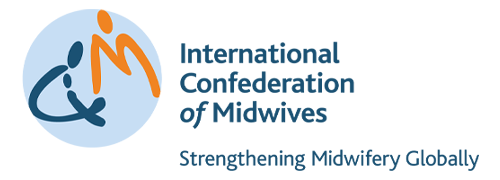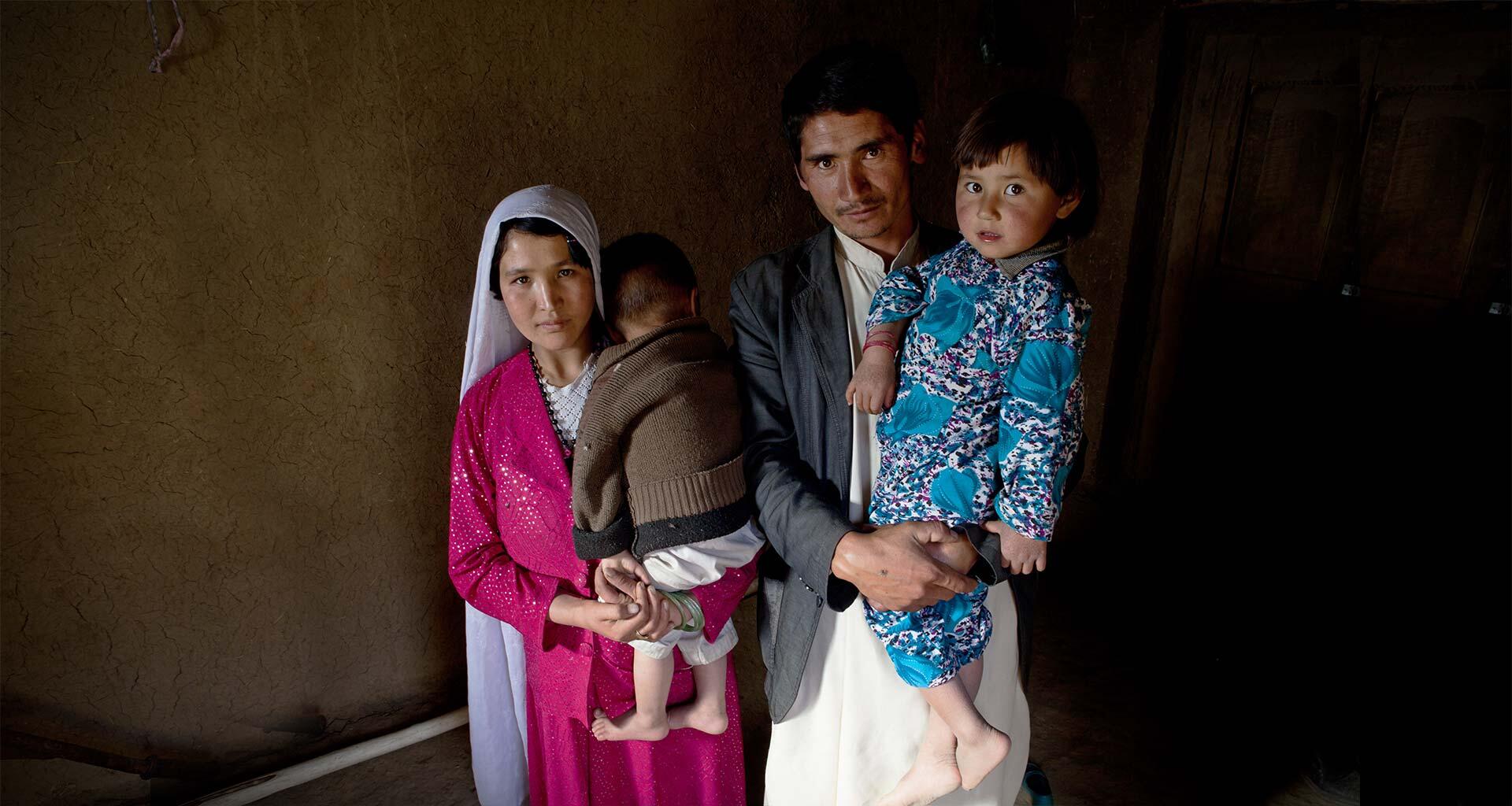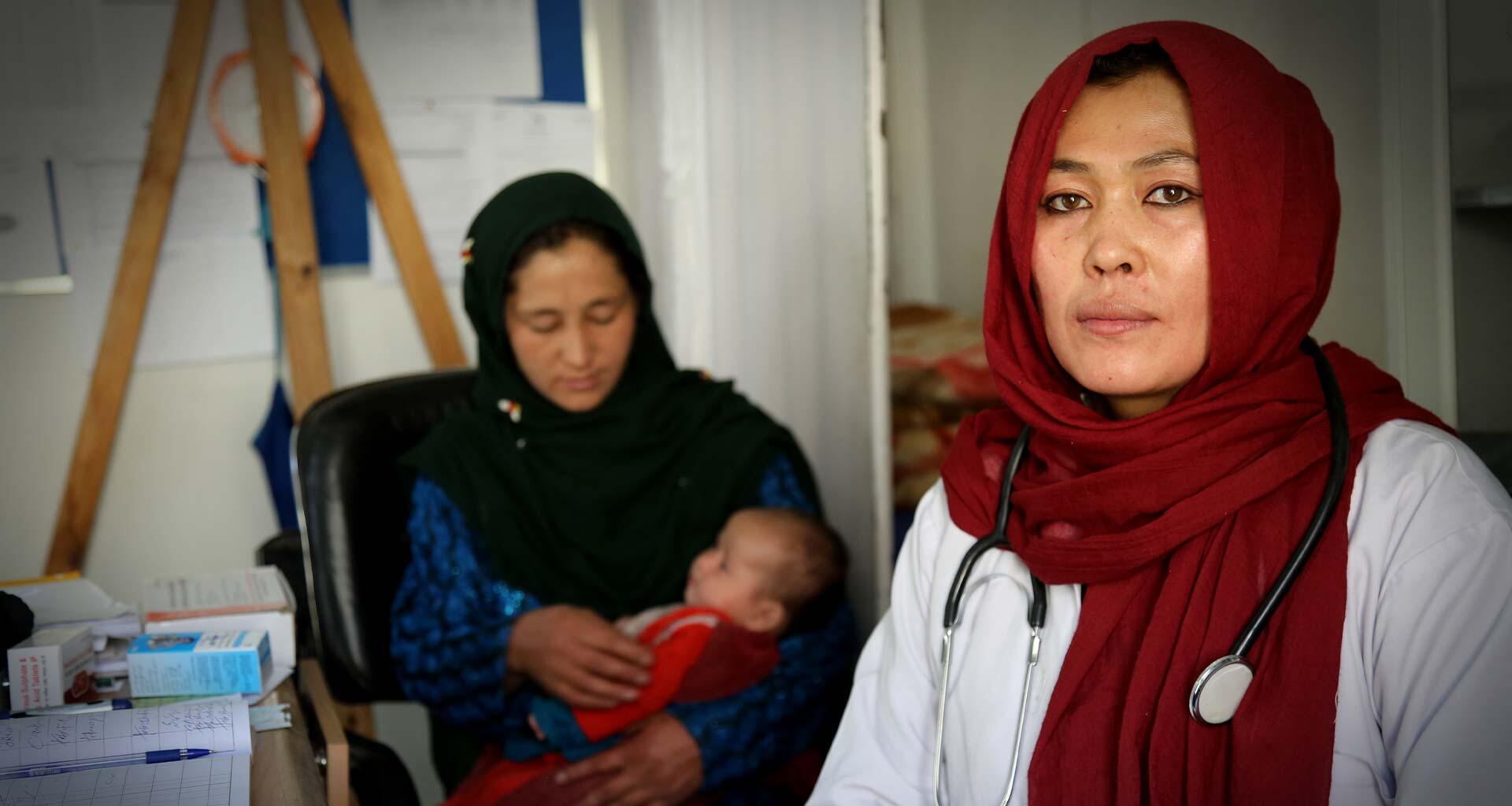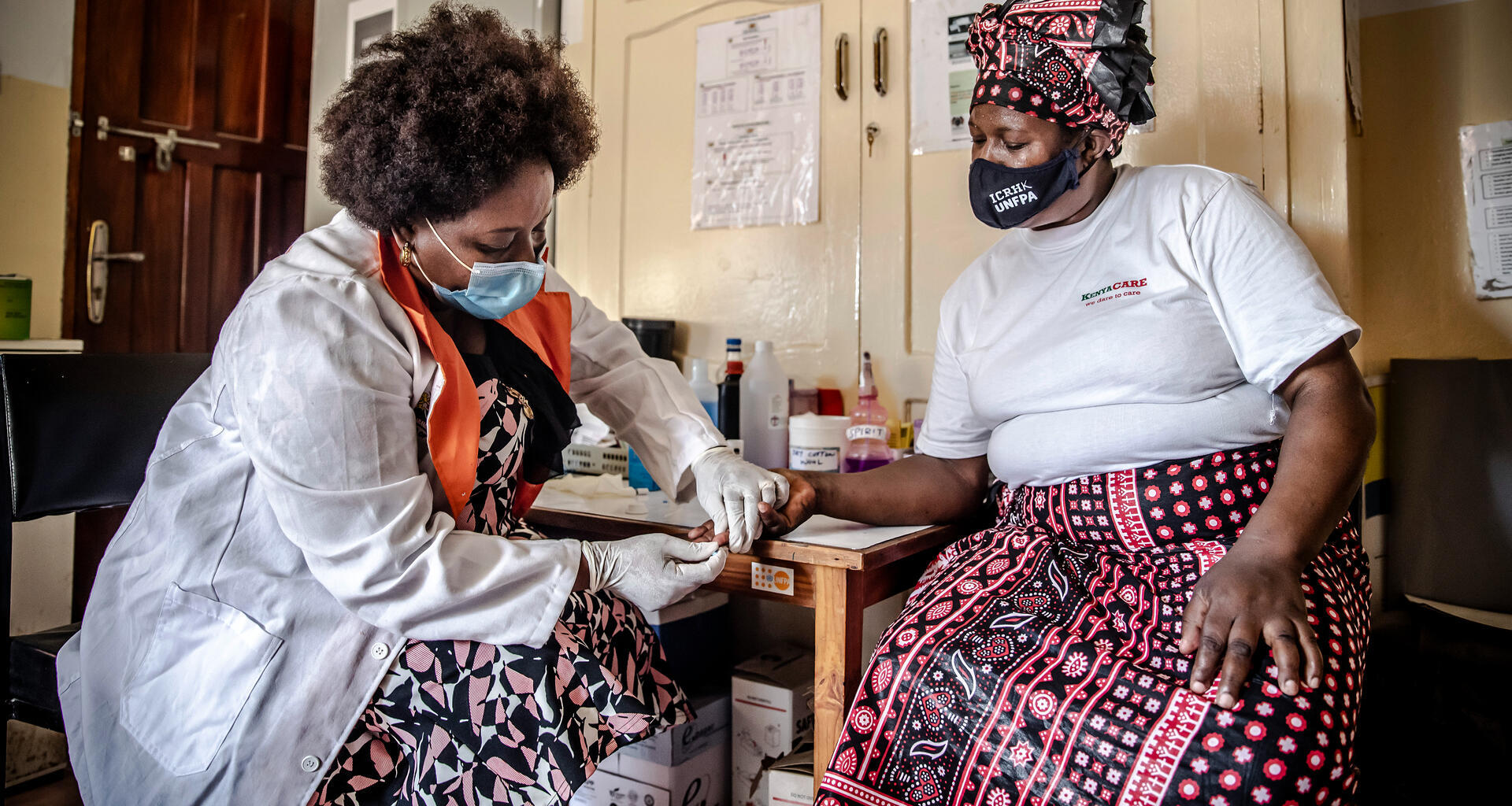Since midwifery received attention within the Global Strategy for Women’s, Children’s and Adolescent’s Health launched by the Secretary General in 2015, more governments are recognizing the value of investing in quality midwifery care. Yet these investments remain inadequate. UNFPA has joined with several partners to continue advocating for enhanced and coordinated investments in quality midwifery education and services.
One major advancement borne out of partnerships is the Alliance to Improve Midwifery Education, established in 2021; it comprises UNFPA, WHO, UNICEF, ICM, Liverpool School of Tropical Medicine, Jhpiego, Momentum, Laerdal Global Health and the Burnet Institute. This global partnership aims to improve quality of care for women, newborns and their families through the strengthening of midwifery education, continuous professional development and the enhancing of midwifery-faculty skills. Supporting countries’ implementation of the Framework of Action for Strengthening Quality Midwifery Education, the Alliance works with a consortium of global partners to create and develop tools, knowledge products and cross-country research, and to facilitate learning to accelerate progress in strengthening midwifery education.
In 2023, working with more than 20 global partners, UNFPA organized the Fifth Global Midwifery Symposium at the International Maternal Newborn Health Conference. At the symposium, the partners launched a Global Call to Action and Commitment, highlighting the critical role midwives play in improving health outcomes worldwide and highlighting the importance of strengthening quality midwifery models of care.
Building on this momentum, the development of the Global Midwifery Acceleration Roadmap in 2024 marks a new era of global partnerships, aiming to accelerate global and national financial and political commitments to midwifery and outlining necessary steps to making quality midwifery care more widely accessible.
“Every woman has the right to life-saving health care. Midwives are critical to help make that happen,” UNFPA Executive Director Dr. Natalia Kanem has said. “A worsening climate crisis makes the need for midwives more urgent than ever.” Let’s champion the midwives who champion the health and rights of women and newborns.
Updated 20 June 2024
